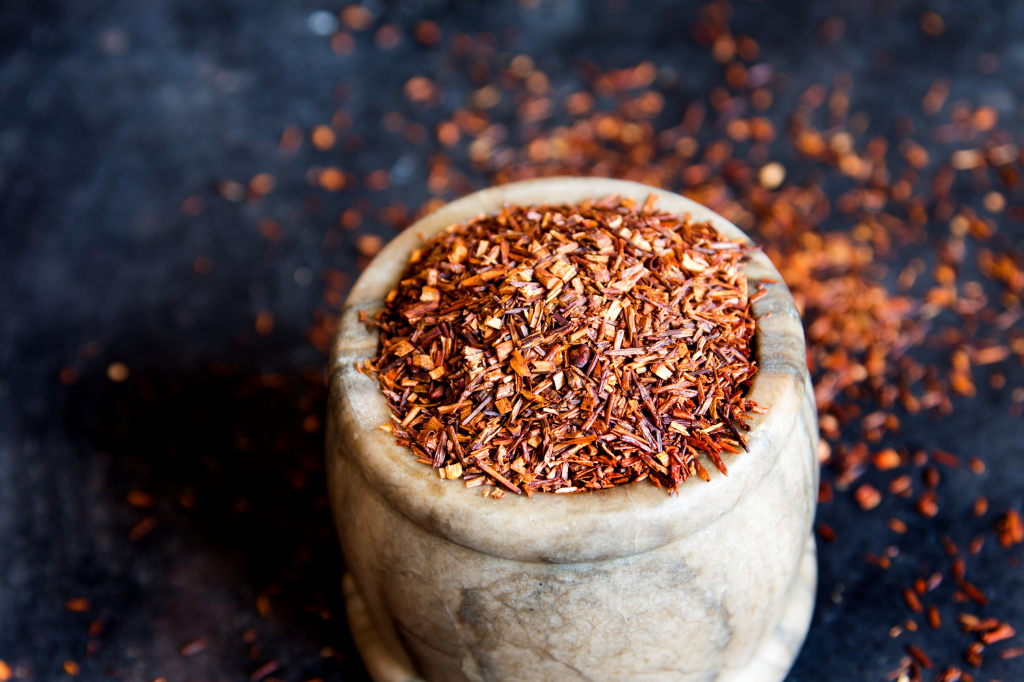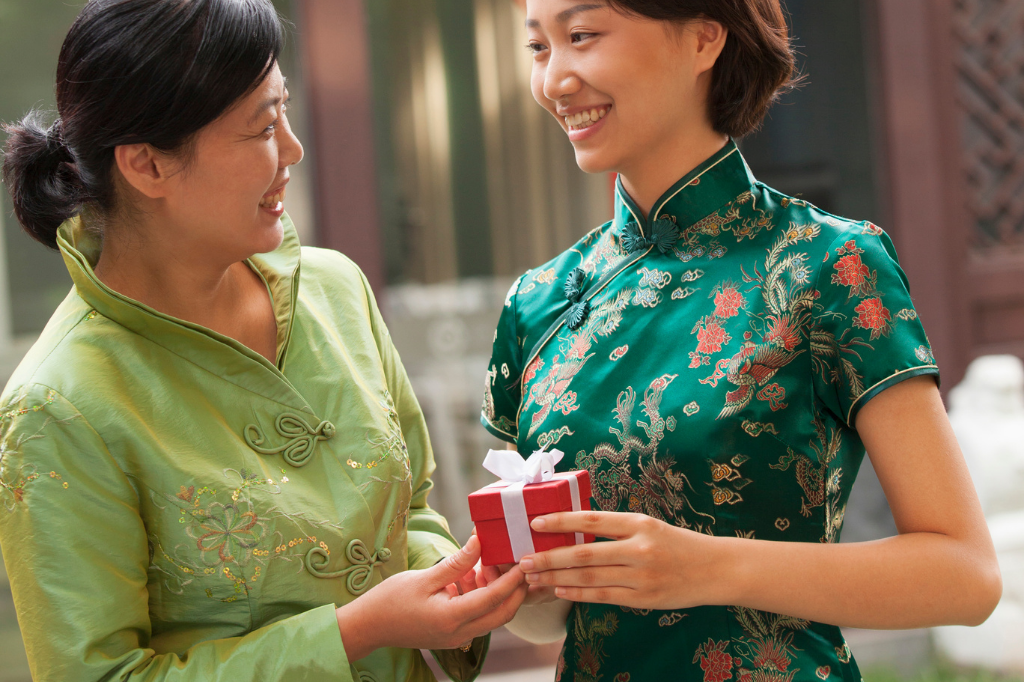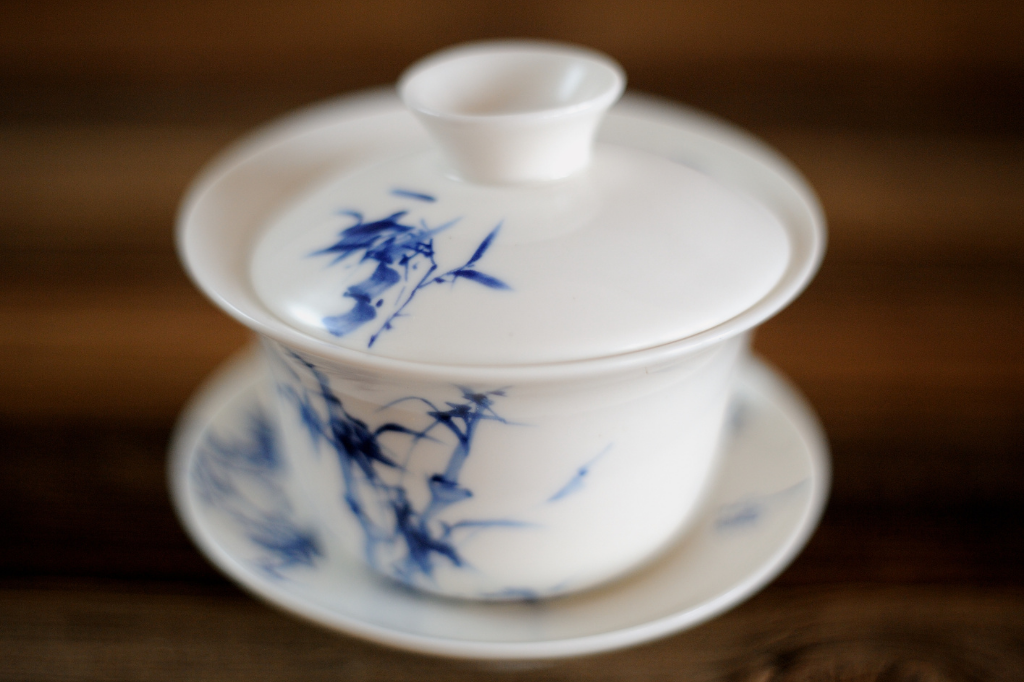In China, there are numerous festivals, habits, and rituals that are passed on from generation by generation. The Chinese Lantern Festival is one of them, which originated about 2000 years ago, and is still celebrated today.
There are lots of stories and legends about the origin of this festival. The best known is the one of the Han Dynasty (206 BC to 220 AD), where the festival was organized to celebrate the birth of the Taoist God of Heaven. Another story tells us that on the fifteenth day of the first day of the lunar calendar, spirits walked under the full moon, and people lit their spirits by lighting lanterns. Whatever the reason for celebrating might be, the most important aspects are still alive.
Light, prosperity & unity
As the name suggests, the festival is all about light. When the Chinese Lantern Festival is organized, China is surrounded by it. Houses, shopping centers, parks, and even streets; they’re all decorated by lights and lanterns. Some as small as the palm of your hand, some as big as a parade boat. Going out on the streets after dark becomes magical during this time.
While most lanterns are used for good wishes, some of them still have a symbolic meaning. Sky lanterns, for example, represent hope, success, and happiness; light to indicate post-war peace. No matter what shape; all of them symbolize auspiciousness.
But the lights aren’t the only ritual during this day, eating Yuanxiao is a common custom. The name of this spherical dessert dumpling – that knows a wide variety of fillings – sounds just like the Chinese word for ‘reunion’, and the round shape symbolizes integrity and unity. In China, all holidays are considered a time to gather with family and friends, as is the Lantern Festival. Therefore, eating Yuanxiao on this special day is a must.








